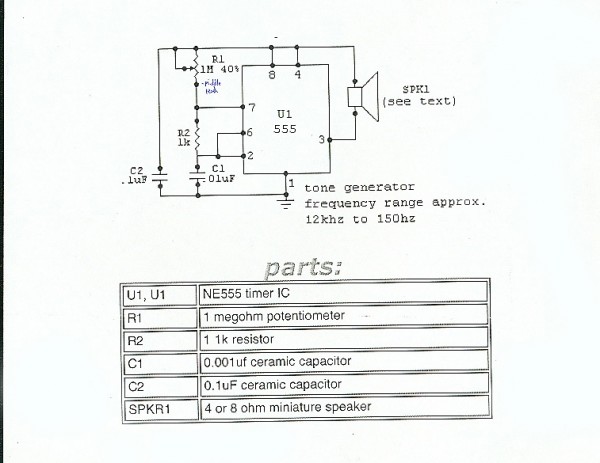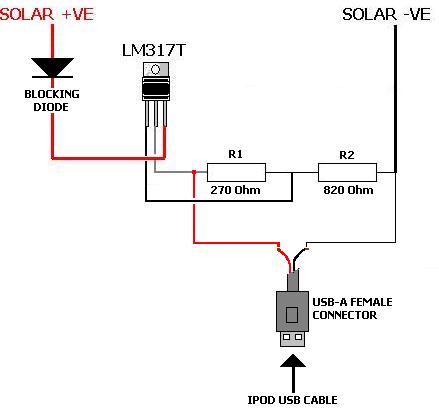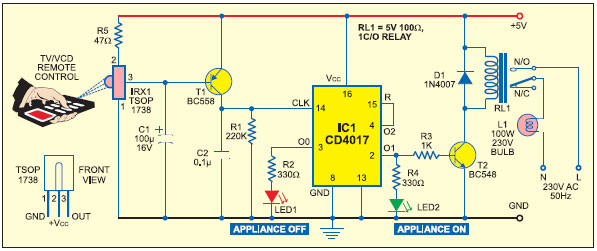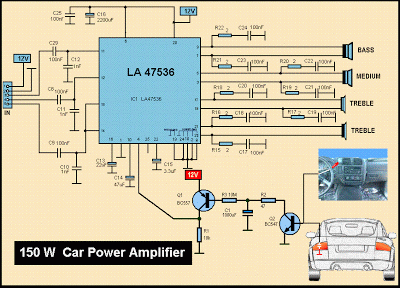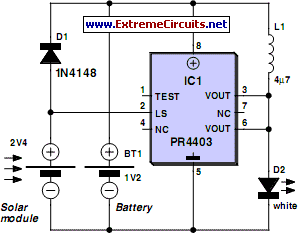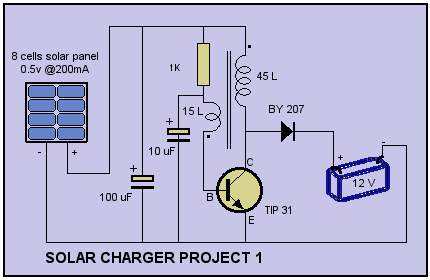
solar circuits
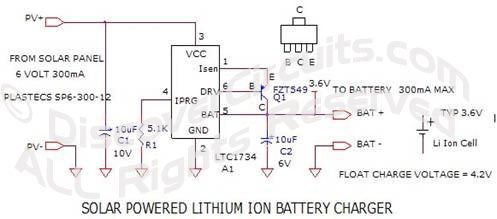
The controller for the Hybrid Power Plant (HPP) is represented in a block diagram format. It consists of 440 Wp photovoltaic modules, a 1 kW wind turbine, and a 5 kW diesel engine as a backup power source. The HPP operates as a centralized photovoltaic and wind power generation facility, utilizing batteries to store the generated direct current (DC) electricity. To ensure reliability during emergencies, a conventional diesel generator is included in the system.
The primary component of the HPP is the controller, an electronic device that automatically manages the operation of the backup diesel engine to assist in electricity production. A current meter is employed to measure the current output from the solar panels, exhibiting minimal power loss for currents in the 0-10A range. Additionally, it functions as a general-purpose DC current meter.
The Gate Boost Solar Engine employs a 1381 voltage regulator, a 2N7000 MOSFET, and a 2N3906 transistor, utilizing a unique voltage doubler to enhance the voltage applied to the gate of the MOSFET. Maximum Power Point Tracking (MPPT) is an electronic system that optimizes the operation of photovoltaic modules, allowing them to produce their maximum potential power. Unlike mechanical tracking systems that adjust the physical position of the modules to face the sun, MPPT dynamically varies the electrical operating point to maximize power output.
The MPPT solar charge controller is designed for users developing an MPPT-based lead-acid battery charger. This controller ensures that the photovoltaic modules operate at their maximum power point, enabling efficient energy transfer to the battery. A photovoltaic solar battery regulator and load controller are also included in the system, which allows solar cell arrays to connect to various battery types—such as conventional lead-acid, sealed lead-acid, or lithium batteries—without the risk of overcharging. This device can drive two different electrical loads from the batteries at two distinct charge states to enhance power usage efficiency.
A pyranometer to current converter circuit is proposed to convert the low-level DC signal from the pyranometer into DC current for long cable metering applications. This circuit utilizes the TLV2451, a rail-to-rail input/output operational amplifier manufactured by Texas Instruments.
Furthermore, a solar cell battery charger circuit is designed to provide voltage regulation and isolation while charging lead-acid batteries with a solar cell, particularly effective for solar panels less than 100 watts. Solar charger circuits specifically intended for charging sealed lead-acid batteries in compact and portable applications are also discussed.
An energy meter for solar systems measures the amount of AC energy produced by the photovoltaic power system. It incorporates a photocoupler connected to an electromechanical energy meter to detect the number of revolutions.
The project also includes a solar-powered reading lamp designed to function autonomously for students in developing countries, enabling nighttime reading. Additionally, solar-powered robots are mentioned, which operate solely on light without the need for batteries, utilizing readily available components such as transistors, resistors, capacitors, solar batteries, and flashing LEDs.
Lastly, the Sun-Up Alarm serves as an audible alert for sunrise or can detect light in dark areas, including light beams and headlights. A light intensity sensor is also integrated into the system. An application note discusses generating a 5V supply voltage from low-voltage solar cell power using a two-stage, high-efficiency MAX866 step-up DC-DC converter.Controller for Hybrid Power Plant block diagram of the HPP, comprised of 440 Wp photovoltaic modules, 1 kW wind turbine and 5 kW diesel engine as a back-up. HPP is a centralized PV and wind power generation plant, using battery to store the produced dc current electricity.
To cater for emergencies, a conventional diesel generator is also provided. The main component on HPP is the controller, an electronic device which automatically control when the back-up diesel engine shall start assisting with producing electricity Current meter used to measure the current from a solar panel. It has very low power loss for currents in the 0-10A range. It also works as a general purpose DC current meter Gate Boost Solar Engine The Gate Boost SE uses a 1381, a 2N7000 MOSFET and a 2N3906 with a unique voltage doubler to increase the voltage applied to the gate of the MOSFET.
MPPT Maximum Power Point Tracking, frequently referred to as MPPT, is an electronic system that operates the Photovoltaic (PV) modules in a manner that allows the modules to produce all the power they are capable of. MPPT is not a mechanical tracking system that physically moves the modules to make them point more directly at the sun, MPPT Charger circuit, PDF MPPT Charger This application report is intended for users designing an MPPT-based lead acid battery charger with the battery charger, MPPT Charger circuit, pdf file MPPT Solar Charge Controller Maximum power point tracking, referred to as MPPT, is an electronic system that operates the photovoltaic modules to produce maximum power.
MPPT varies the electrical operating point of the modules and enables them to deliver maximum available power, PDF Photovoltaic Solar Battery Regulator and Load Controller This device allows solar cell arrays to be connected to either conventional lead-acid, sealed lead-acid, or lithium storage batteries without fear of overcharging. It allows two different electrical loads to be driven from the batteries at two different charge states to maximise power usage efficiency Pyranometer to Current Converter Build a micropower circuit that converts low level DC signal from pyranometer to DC current for long cable metering.
The circuit was built with TLV2451, rail-to-rail input/output opamp made by TI Solar Cell Battery Charger This Circuit will allow for Voltage Regulation and Isolation when Charging Lead Acid Batteries with a Solar Cell. This Circuit will be most useful for Solar Panals of less than 100 watts, and when using a suitable transistor in it, Solar Cell Circuits Solar charger for lead-acid batteries This circuit is intended for charging sealed lead-acid batteries with a solar panel in small and portable applications Solar energy meter The meter measures amount of AC energy produced by photovoltaic power system.
It uses photocoupler attach to electromechanical energy meter to detect the number of revolution, Solar energy meter Solar Powered Reading Lamp The goal of this project is to produce a self contained reading lamp that could be used by students in developing countries for reading at night. The circuit can be used for a wide variety of lighting applications Solar robots The fallowing robots are powered only by light, which means no batteries are required.
Make your own solar powered robot at home using things you probably already have. Transistors, resistor, capacitor, solar battery and flashing LED are available at any electronic store Sun-Up Alarm The Sun - Up Alarm can be used to provide a audible alarm for when the sun comes up or it can be used in a dark area and detect when a light comes on. It can also be used to detect a light beam, headlights etc, . , Light intensity sensor, Educypedia Supply Generates 5V from Low-Voltage Solar-Cell Power This application note describes generating 5V supply voltage from very low input voltage of solar cells.
Two stage, high efficiency, MAX866 step-up DC-DC converter and 🔗 External reference
The primary component of the HPP is the controller, an electronic device that automatically manages the operation of the backup diesel engine to assist in electricity production. A current meter is employed to measure the current output from the solar panels, exhibiting minimal power loss for currents in the 0-10A range. Additionally, it functions as a general-purpose DC current meter.
The Gate Boost Solar Engine employs a 1381 voltage regulator, a 2N7000 MOSFET, and a 2N3906 transistor, utilizing a unique voltage doubler to enhance the voltage applied to the gate of the MOSFET. Maximum Power Point Tracking (MPPT) is an electronic system that optimizes the operation of photovoltaic modules, allowing them to produce their maximum potential power. Unlike mechanical tracking systems that adjust the physical position of the modules to face the sun, MPPT dynamically varies the electrical operating point to maximize power output.
The MPPT solar charge controller is designed for users developing an MPPT-based lead-acid battery charger. This controller ensures that the photovoltaic modules operate at their maximum power point, enabling efficient energy transfer to the battery. A photovoltaic solar battery regulator and load controller are also included in the system, which allows solar cell arrays to connect to various battery types—such as conventional lead-acid, sealed lead-acid, or lithium batteries—without the risk of overcharging. This device can drive two different electrical loads from the batteries at two distinct charge states to enhance power usage efficiency.
A pyranometer to current converter circuit is proposed to convert the low-level DC signal from the pyranometer into DC current for long cable metering applications. This circuit utilizes the TLV2451, a rail-to-rail input/output operational amplifier manufactured by Texas Instruments.
Furthermore, a solar cell battery charger circuit is designed to provide voltage regulation and isolation while charging lead-acid batteries with a solar cell, particularly effective for solar panels less than 100 watts. Solar charger circuits specifically intended for charging sealed lead-acid batteries in compact and portable applications are also discussed.
An energy meter for solar systems measures the amount of AC energy produced by the photovoltaic power system. It incorporates a photocoupler connected to an electromechanical energy meter to detect the number of revolutions.
The project also includes a solar-powered reading lamp designed to function autonomously for students in developing countries, enabling nighttime reading. Additionally, solar-powered robots are mentioned, which operate solely on light without the need for batteries, utilizing readily available components such as transistors, resistors, capacitors, solar batteries, and flashing LEDs.
Lastly, the Sun-Up Alarm serves as an audible alert for sunrise or can detect light in dark areas, including light beams and headlights. A light intensity sensor is also integrated into the system. An application note discusses generating a 5V supply voltage from low-voltage solar cell power using a two-stage, high-efficiency MAX866 step-up DC-DC converter.Controller for Hybrid Power Plant block diagram of the HPP, comprised of 440 Wp photovoltaic modules, 1 kW wind turbine and 5 kW diesel engine as a back-up. HPP is a centralized PV and wind power generation plant, using battery to store the produced dc current electricity.
To cater for emergencies, a conventional diesel generator is also provided. The main component on HPP is the controller, an electronic device which automatically control when the back-up diesel engine shall start assisting with producing electricity Current meter used to measure the current from a solar panel. It has very low power loss for currents in the 0-10A range. It also works as a general purpose DC current meter Gate Boost Solar Engine The Gate Boost SE uses a 1381, a 2N7000 MOSFET and a 2N3906 with a unique voltage doubler to increase the voltage applied to the gate of the MOSFET.
MPPT Maximum Power Point Tracking, frequently referred to as MPPT, is an electronic system that operates the Photovoltaic (PV) modules in a manner that allows the modules to produce all the power they are capable of. MPPT is not a mechanical tracking system that physically moves the modules to make them point more directly at the sun, MPPT Charger circuit, PDF MPPT Charger This application report is intended for users designing an MPPT-based lead acid battery charger with the battery charger, MPPT Charger circuit, pdf file MPPT Solar Charge Controller Maximum power point tracking, referred to as MPPT, is an electronic system that operates the photovoltaic modules to produce maximum power.
MPPT varies the electrical operating point of the modules and enables them to deliver maximum available power, PDF Photovoltaic Solar Battery Regulator and Load Controller This device allows solar cell arrays to be connected to either conventional lead-acid, sealed lead-acid, or lithium storage batteries without fear of overcharging. It allows two different electrical loads to be driven from the batteries at two different charge states to maximise power usage efficiency Pyranometer to Current Converter Build a micropower circuit that converts low level DC signal from pyranometer to DC current for long cable metering.
The circuit was built with TLV2451, rail-to-rail input/output opamp made by TI Solar Cell Battery Charger This Circuit will allow for Voltage Regulation and Isolation when Charging Lead Acid Batteries with a Solar Cell. This Circuit will be most useful for Solar Panals of less than 100 watts, and when using a suitable transistor in it, Solar Cell Circuits Solar charger for lead-acid batteries This circuit is intended for charging sealed lead-acid batteries with a solar panel in small and portable applications Solar energy meter The meter measures amount of AC energy produced by photovoltaic power system.
It uses photocoupler attach to electromechanical energy meter to detect the number of revolution, Solar energy meter Solar Powered Reading Lamp The goal of this project is to produce a self contained reading lamp that could be used by students in developing countries for reading at night. The circuit can be used for a wide variety of lighting applications Solar robots The fallowing robots are powered only by light, which means no batteries are required.
Make your own solar powered robot at home using things you probably already have. Transistors, resistor, capacitor, solar battery and flashing LED are available at any electronic store Sun-Up Alarm The Sun - Up Alarm can be used to provide a audible alarm for when the sun comes up or it can be used in a dark area and detect when a light comes on. It can also be used to detect a light beam, headlights etc, . , Light intensity sensor, Educypedia Supply Generates 5V from Low-Voltage Solar-Cell Power This application note describes generating 5V supply voltage from very low input voltage of solar cells.
Two stage, high efficiency, MAX866 step-up DC-DC converter and 🔗 External reference
Warning: include(partials/cookie-banner.php): Failed to open stream: Permission denied in /var/www/html/nextgr/view-circuit.php on line 713
Warning: include(): Failed opening 'partials/cookie-banner.php' for inclusion (include_path='.:/usr/share/php') in /var/www/html/nextgr/view-circuit.php on line 713
